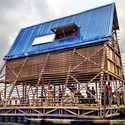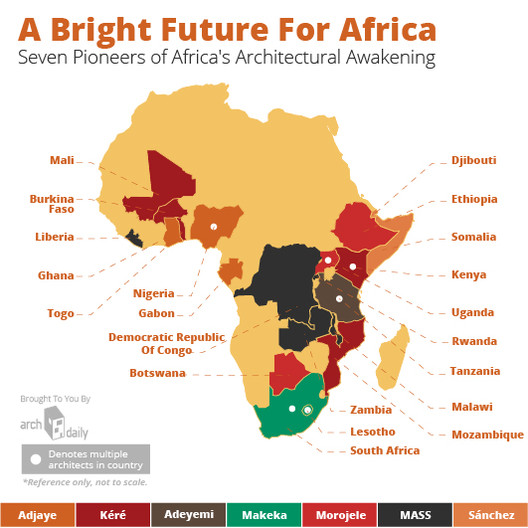
Around the globe, the post-war years were a period of optimism and extreme experimentation. On both sides of the cold war's ideological divide, this optimism found its greatest expression, architecturally speaking, in modernism - but of course, the particular circumstances of each city offered a unique spin on the modernist project. According to the curators of "Superstructure," an exhibition presented at Kiev's Visual Culture Research Center from January 28th to February 28th, the utopian architectural works of Kiev represented "an attempt to transform the city into the environment for materialization of artistic thinking – in contrast to the strict unification of city space by typical construction and residential blocks." Architects such as Edward Bilsky and Florian Yuriyev, often working in collaboration with artists such as Ada Rybachuk and Volodymyr Melnychenko attempted to create projects that were a complete synthesis of architecture and art - an approach to design that often didn't sit well with the Ukrainian authorities of the time.
Featuring research by Alex Bykov, Oleksandr Burlaka and Oleksiy Radynski, "Superstructure" examined the projects which were typical of this particular cultural moment in Kiev. After the break, we present this research, and a selection of images from the exhibition.












































































